The Beginners Guide to Training for Climbing
Hangboarding, deadlifts, technique, warming up? Do new and beginner climbers need to worry about all of this? If so where would you expect to start? We know that the first year of your climbing is a special time because you are on a rapid learning curve and able to progress fast!
However the decisions you make now, can affect your trajectory in the future. So we are going to cover what we think are some of the most important tactics and training ideas you should be making in the first year of climbing, in this handy guide on how to train for climbing.
Skill Acquisition
We believe this first and foremost should be your highest priority, especially if you are a complete beginner. Climbing is after all a skill sport with an ever changing environment. No two climbs are the same. You need to learn how to move well but also how to visualise movement, problem solve and build awareness within yourself. This is best done on the wall and is going to take a LOT of climbing to do so.
Step 1 – Climb a lot
If you only can get to a gym 2 times per week make sure most of this time is spent climbing. Of course there is an upper limit to what you can recover from but you can still learn great skill on very easy terrain, of which you can handle more volume.
Step 2 – You need a breadth of climbing styles
Not just depth of volume. So consider jumping on all terrains overhangs, slabs, comp style, roofs. It’s all good! Try your best not to shy away from certain styles, trying everything will really help build a foundation of skills and confidence in these early days of your climbing journey.
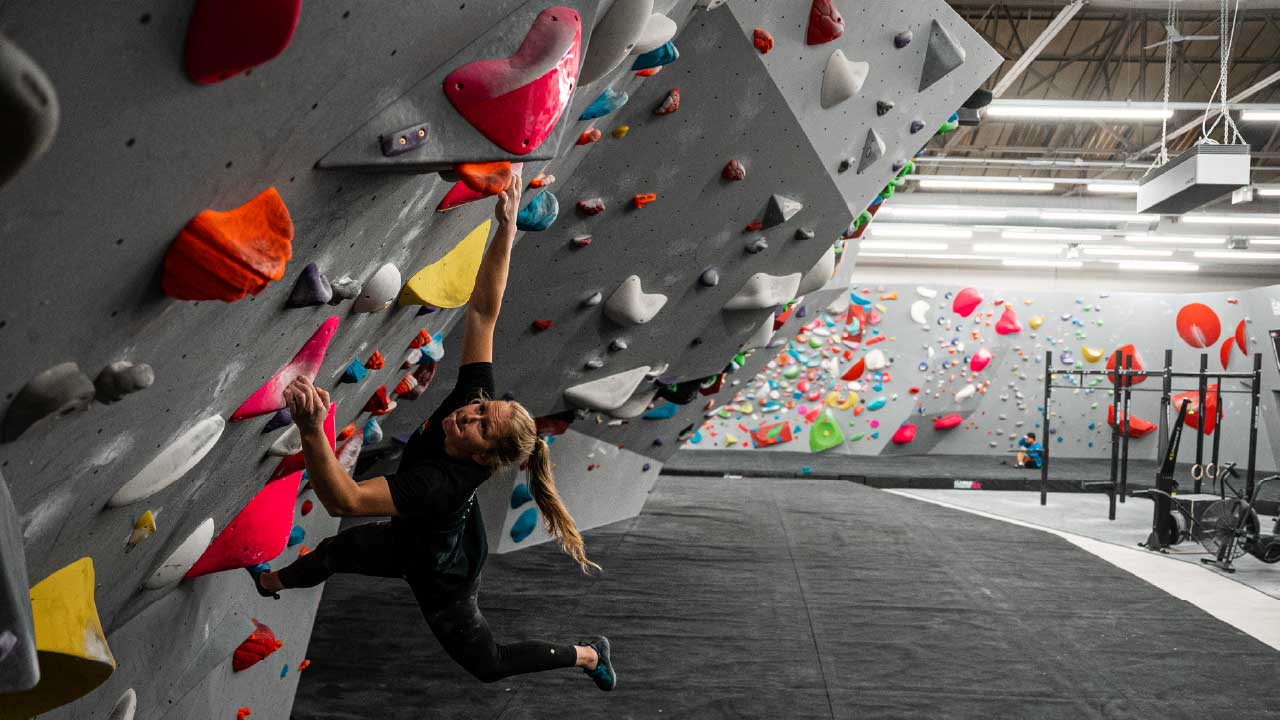
Step 3 – Climb with others
If you can, take advantage of social time to learn from other climbers. Watch what they do, ask how they did it! Pay attention to climbers that are good at things you might not be so good at. Also reap the benefits of how good the social aspect of climbing is for mental wellbeing. Talk to others, be friendly and ask for advice from strangers. You may learn new things or just make a friend in the process.
Tactics
Building good habits and refining your tactics early on, can be a great indicator of future success. Even the best climbers in the world, will use all tools available and there’s no reason you can’t do the same!
- Think about the way you climb, not just whether you reach the top. Don’t be afraid to climb things several times over. Be inquisitive if you can refine your movement. Think about what was necessary and what was a waste of energy.
- Brush holds. Especially when they require friction like slopers and pinches
- Rest just a little longer than you think you need, if trying something hard for your grade. Set a timer between attempts, so you can really track how long you are resting.
- Warm-up properly. Working some flexibility into your hips and getting the muscles in your upper body activated will improve your movement.
- Learn to route read. Climbing is more than just physical, it is highly cognitive. One of the best ways to learn how to route read is of course through experience. Getting things wrong the first time is just a lesson learned. But you need to reflect on what went wrong and what you can do differently to learn that lesson.
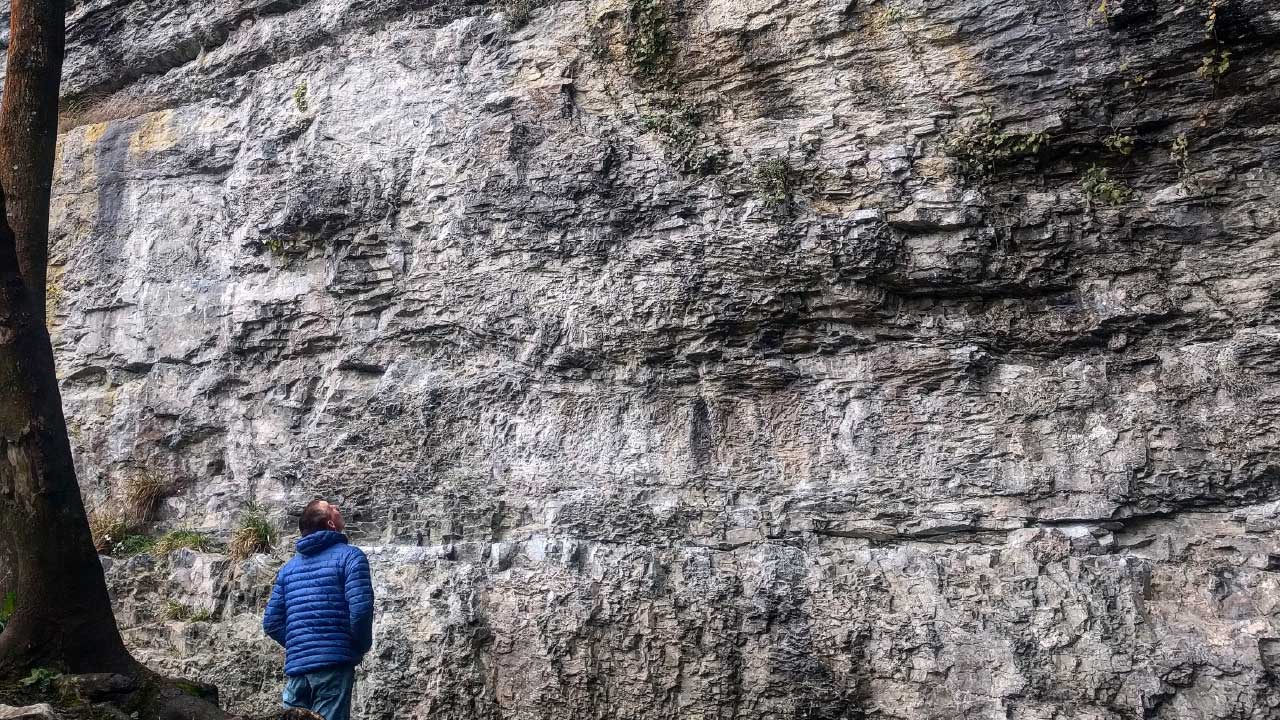
Exercises to help improve your route reading;
- Second Go Redpoint. This is a great exercise to reflect on mistakes and aim to correct them a second time.
- Flash/Onsight. This is the next step in route reading. You might use visualisation, imagine yourself climbing it, and act it out on the floor. Now put it into practice and aim to climb it first try.
- Put yourself in the shoes of the route setter. Can you see what they were thinking? Usually they have placed a handhold in an exact orientation for a reason. How does this relate to the other holds?
Finger Strength
The first time you start to think about seriously training for climbing, developing finger strength might stand out as the obvious one and for good reason. You know finger strength is very important for climbing. But as a beginner, there are more ways than one to build finger strength.
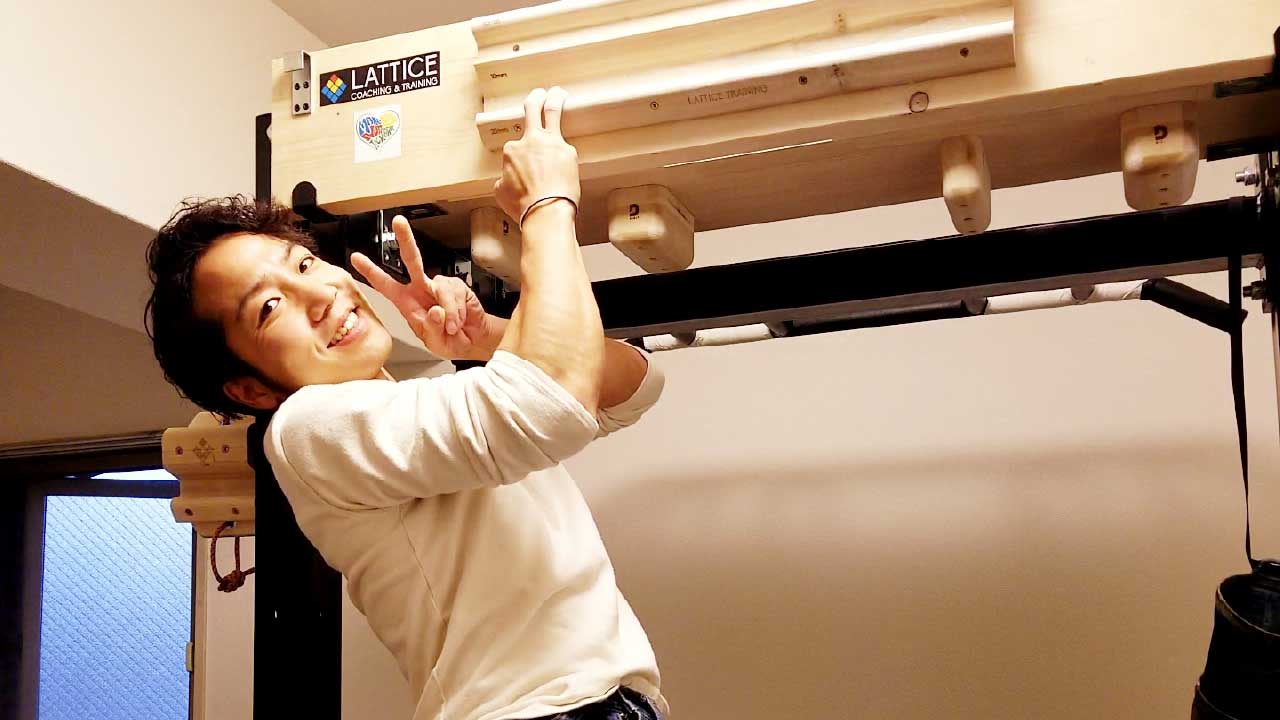
Step 1 – Training on the wall
As you climb more and climb harder boulders or routes you will naturally be building more finger strength. This is the first approach to building strength because it doubles up with skill development and full-body strength training. Starting with hangboard training too soon is likely to increase your training volume and initially reduce recovery capacity, limiting the quality of your skill acquisition session. Which we have already discussed is your priority.
Step 2 – Vary grip types
As a beginner you may favour a certain grip. Good climbers can use all types of grips. This is a skill just like footwork. Get used to trying different grips on different holds and be patient if some grips take longer to feel natural.
Step 3 – Start hangboarding
But here are a few things to consider first.
- Check your ego. Hangboarding is to supplement your climbing, not a source of accomplishment. Don’t chase strength gains over everything else. The hangboard is arguably more safe than the climbing wall. It can be super controlled. But keep it light. Maxing out on the fingerboard at this stage is tipping the scales in the risk vs reward.
- Slow and Steady. You must use the hangboard to develop training capacity and longevity over maximum strength. Longer but lighter hangs for example 20s but leaving a foot on the floor will help develop strong tendons. Tendons and ligament injuries are very common in climbing. These structures may take 5 times longer to develop than muscular strength. And as a beginner you’ll likely adapt to the strength component quickly. So a slow and steady approach wins here every time. You can literally be too strong for your own good!
- Get personalised advice. We are not going into specific sessions or protocols because it’s honestly too individual to say for a general audience. If you think hangboarding is needed to continue your progression in climbing, but you really need support, we highly recommend finding a coach or an experienced trainer for advice in this department.
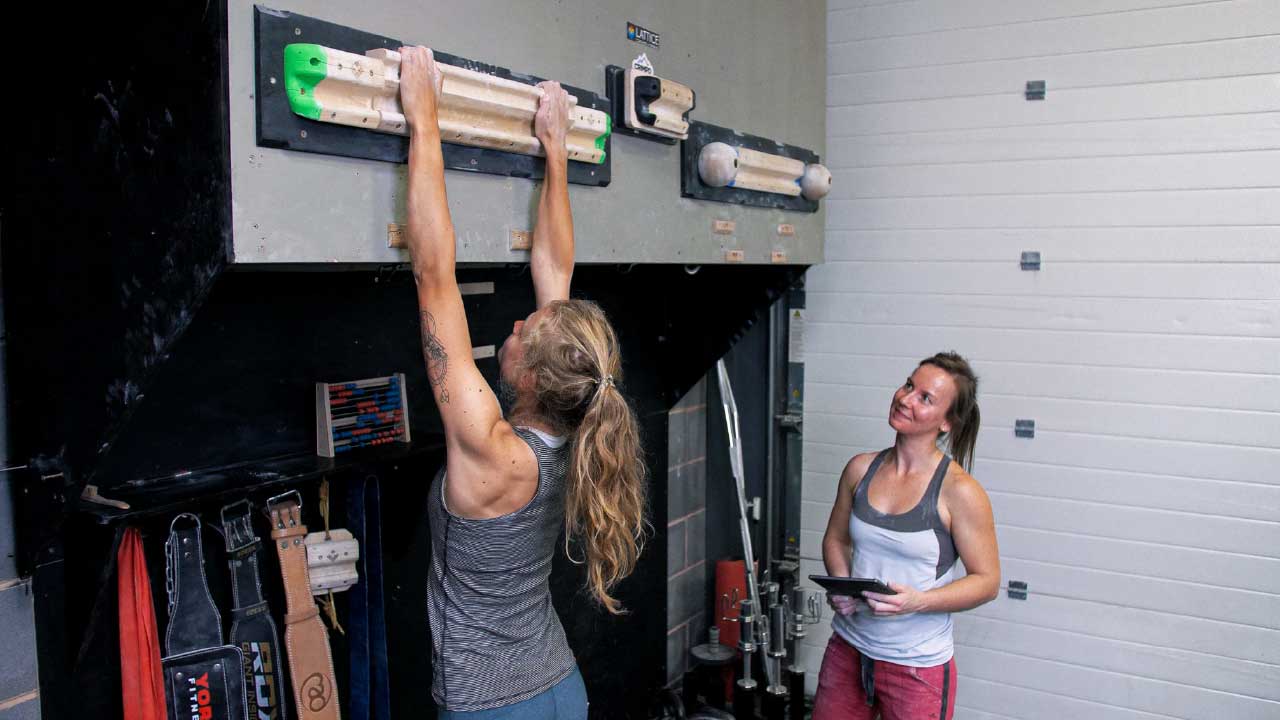
Strength and Conditioning
Strength training off the wall might seem like a distraction from the skill acquisition focus we mentioned earlier. However basic strength training is really important in your early stage of climbing. Many beginner climbers struggle with elbows and shoulders, picking up pains here and there. This might get more common with modern route setting with macro holds, where finger strength is not needed but hard pulling and pressing is. Doing the basics can help massively with keeping healthy but also aid in executing the proper techniques you are trying to learn. For example a twist lock move requires core tension and upper body strength.
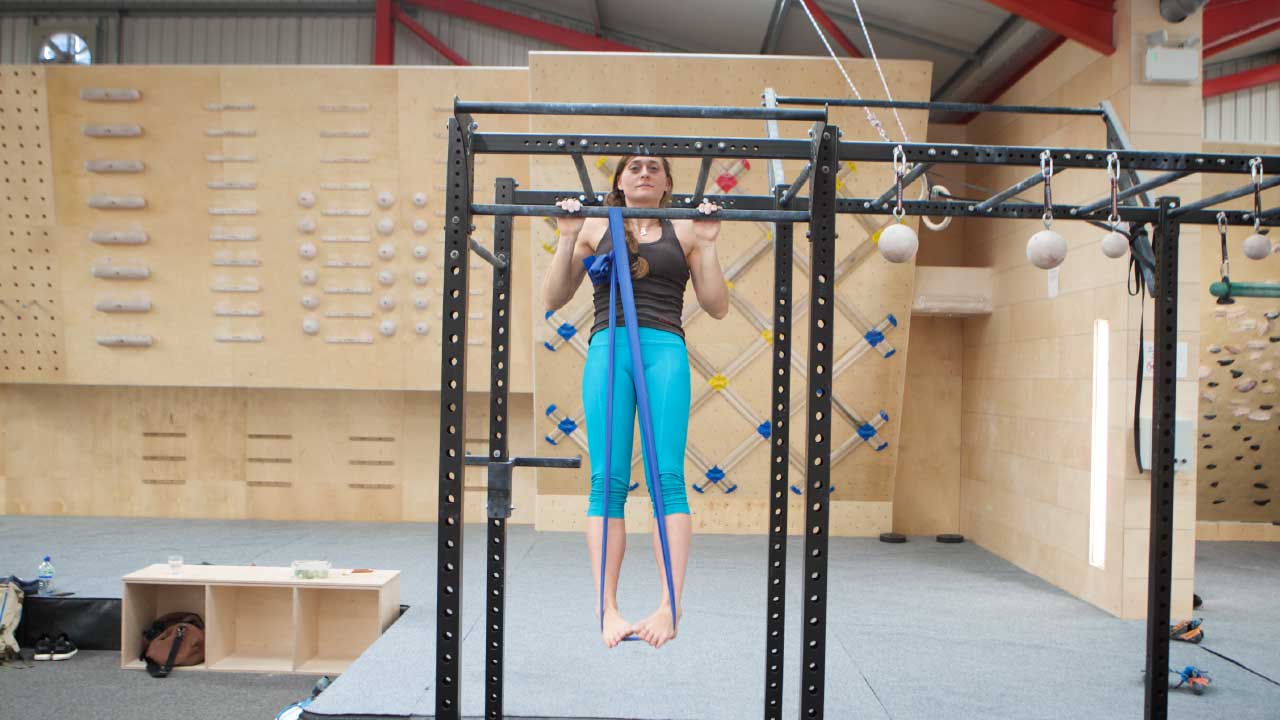
Step 1 – Pull-ups and press-ups
Pull-ups and press-ups cover most muscles in the upper body and will help build the capacity of these muscles and tendons to deal with all the climbing you are throwing at it. Done with good form they are safe and will reduce your risk of injury on the wall.
- Shoulder press, bicep curls, low rows and face pulls are examples of excellent supplementary exercise, only if you have the time and capacity to add them to your schedule. Of course there are many more options but remember the aim of these is to increase the body’s capacity to cope with the demands of climbing. If you are already doing a lot you will max out your body’s capacity to recover. So these ones come in the maybe pile.
Step 2 – Basic floor core
This can get a bad rep for not being climbing specific. But at this stage don’t get hung up on being highly specific. Your aim is to build general athletic ability and refine your skills on the wall. Things like Spider-Man holds help you brace tension between hands and feet. Dish Tucks and Moving Plank variations build up general core conditioning and stability.
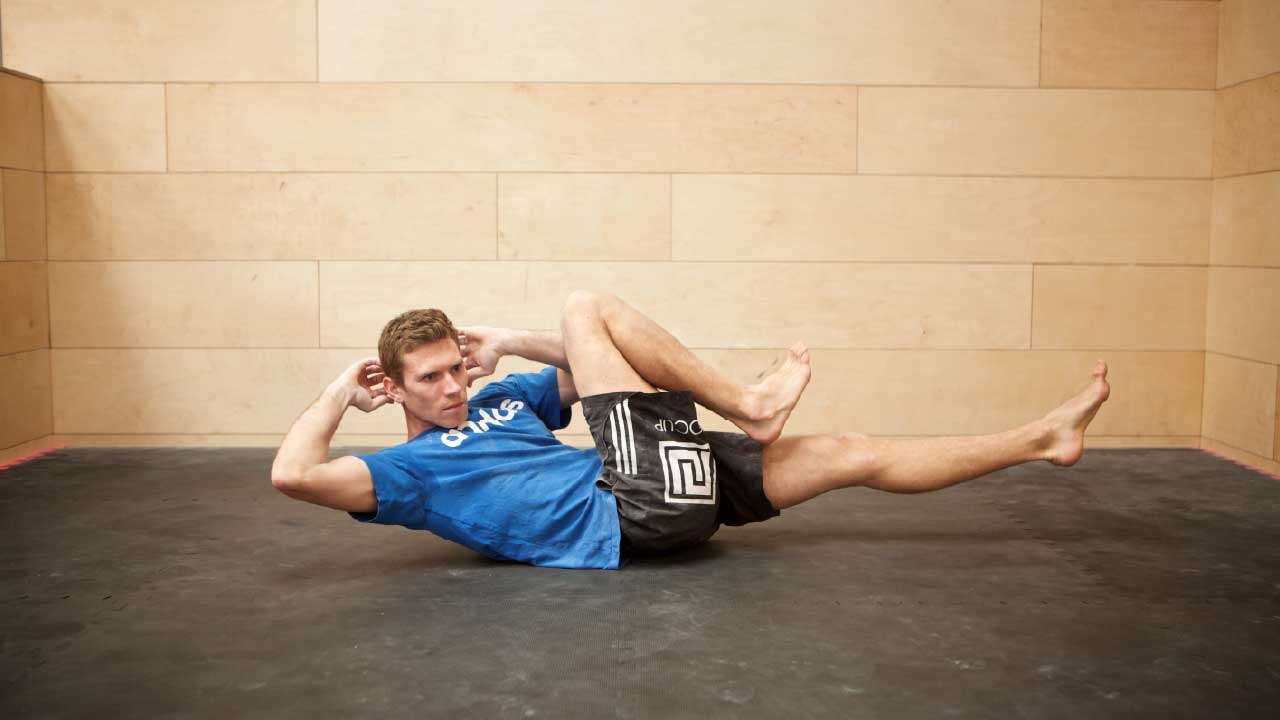
Step 3 – Deadlifts
This one is well worth a mention, because it is a great exercise for posterior chain strength and bracing your core muscle. This is required for pushing and pulling with your feet in climbing. As a stand alone exercise it is great and worth doing. However if you are not confident with the form it is advised that you practise form with an experienced trainer. It will help you get so much more out of the lift.
To summarise S&C. You should be doing it to avoid injuries and build up your overall capacity to climb. In doing so you’ll be able tolerate more climbing and in turn spend more time learning skills without forced breaks for injury. Start with the basics like press-ups and pull-ups and squeeze them onto the end of your climbing sessions, when all the skill based stuff is over.
We’ve covered all of these points and more below in our Youtube video…
If you are looking for more help in structuring your training to reach your goals, why not check out our Lattice Training Plans?
Or, if you would rather write your own climbing training plan, head here for full guidance from our Lattice coaches on what to do!





